Manual Awning Parts: A Comprehensive Guide
Understanding manual awning parts is essential for proper maintenance, troubleshooting, and repair. This guide explores key components like the roller tube, fabric, arms, and mounting brackets, empowering you to keep your awning in optimal condition year-round.
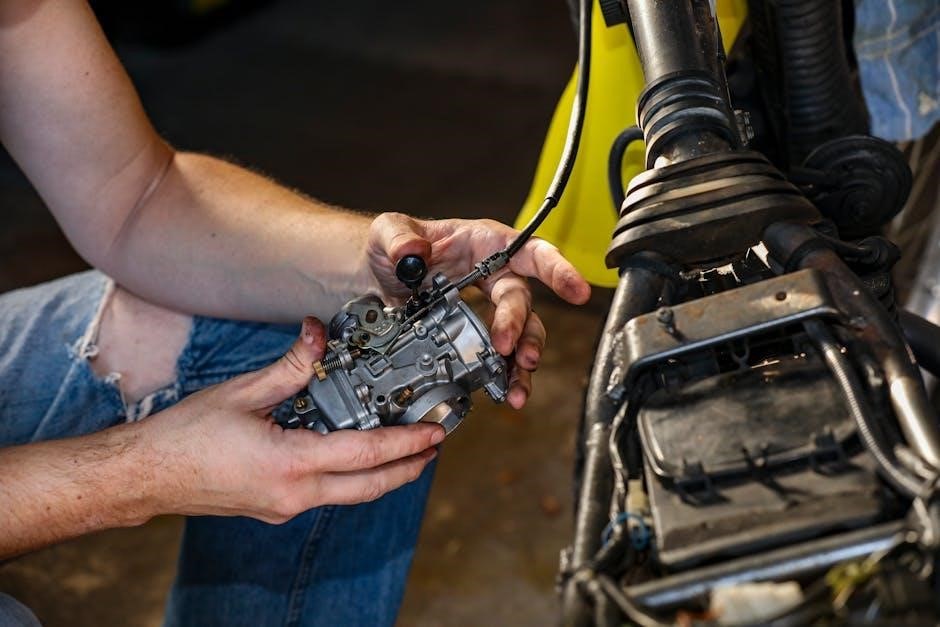
Manual awnings are a popular choice for outdoor shading solutions due to their simplicity, reliability, and cost-effectiveness. Unlike motorized awnings, manual systems rely on human operation, making them easier to install and maintain. They are ideal for homeowners, RV owners, and businesses seeking a durable shading option without the need for complex mechanisms or electricity. Manual awnings are designed to provide shade, protect against UV rays, and enhance outdoor spaces while offering a classic, timeless appeal. Their straightforward design allows users to easily extend or retract the fabric, ensuring flexibility in various weather conditions. Understanding the components of manual awnings is essential for proper maintenance, troubleshooting, and repair. This guide will delve into the key parts of manual awnings, highlighting their functions and importance. By familiarizing yourself with these elements, you can ensure your awning remains functional, sturdy, and visually appealing for years to come. This introduction sets the stage for exploring the essential components in detail.
Essential Components of Manual Awnings
Manual awnings are composed of several essential components that work together to ensure proper functionality and durability. The roller tube serves as the core structure, holding the fabric in place. The fabric itself is a critical element, providing shade and protection from the elements. Arms and hinges are responsible for extending and retracting the awning smoothly, while the front bar adds stability and support. Rafters reinforce the structure, ensuring the awning remains secure in various conditions. The spring mechanism aids in tensioning the fabric, preventing sagging. A handle is typically used to manually operate the awning, offering ease of use. Finally, mounting brackets securely attach the awning to the wall or roof, ensuring stability. Understanding these components is vital for proper installation, maintenance, and troubleshooting. Each part plays a unique role in the overall performance of the awning, making them indispensable for its longevity and effectiveness.
The Role of the Roller Tube
The roller tube is a fundamental component of a manual awning, serving as the central structure around which the fabric is wrapped. Its primary function is to provide a smooth surface for the fabric to roll onto when the awning is retracted and to ensure even distribution of tension when extended. Typically made of durable materials like aluminum or steel, the roller tube is designed to withstand various environmental conditions while maintaining its structural integrity. A well-designed roller tube ensures the awning operates smoothly, preventing creases or damage to the fabric. Over time, wear and tear can affect the roller tube’s performance, so regular inspection and maintenance are crucial. Proper care, such as cleaning and lubricating moving parts, can extend its lifespan. The roller tube’s reliability directly impacts the awning’s overall functionality, making it a critical element to monitor and maintain. Its durability ensures the awning remains a long-lasting and effective shade solution for outdoor spaces.
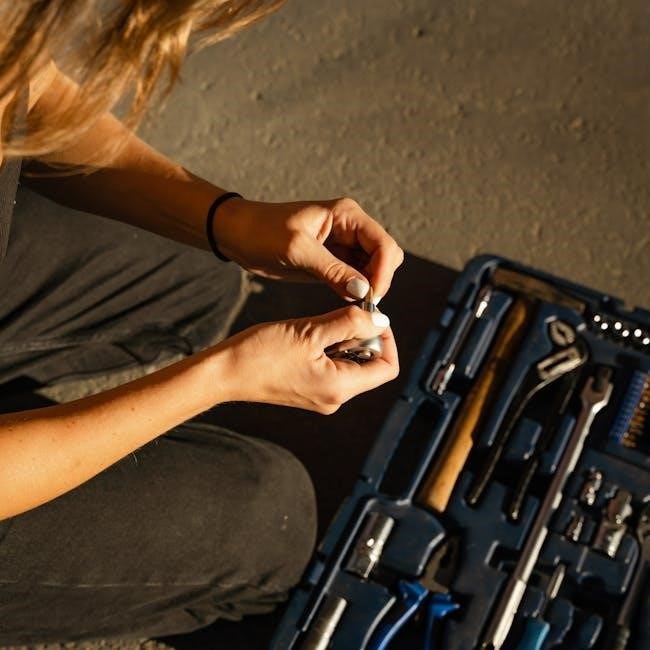
Understanding the Fabric and Its Importance
The fabric of a manual awning is its most visible and functional component, serving as the primary material for shade and weather protection. Typically made from durable, weather-resistant materials like polyester, canvas, or vinyl, the fabric is designed to withstand outdoor conditions such as sunlight, rain, and wind. Its quality and thickness directly impact the awning’s performance, with thicker fabrics offering greater durability and UV protection. Proper care of the fabric is essential to extend its lifespan, including regular cleaning to remove dirt and mildew, and ensuring it is completely dry before retracting to prevent damage. The fabric’s color and pattern also play a role in aesthetics, allowing homeowners to customize their awning to match their outdoor decor. Over time, the fabric may fade or wear, necessitating replacement to maintain the awning’s functionality and appearance. By selecting high-quality fabric and adhering to maintenance best practices, users can enjoy reliable shade and protection for years to come.
The Function of Arms and Hinges
The arms and hinges are critical components of a manual awning, playing a key role in its structural integrity and functionality. The arms, typically made of durable materials like aluminum or steel, are attached to the roller tube and the wall, providing the necessary support to hold the fabric in place. They are designed to extend and retract smoothly, ensuring the awning opens and closes effortlessly. Hinges, on the other hand, are essential for flexibility, allowing the arms to pivot and adjust to different angles. This feature enables the awning to be customized to various positions, offering optimal shade and protection. Over time, the arms and hinges may require lubrication to maintain smooth operation, while regular inspection can prevent rust or wear. Proper alignment and tightening of these parts are vital to ensure the awning remains stable and secure in windy conditions. By understanding the function of arms and hinges, users can better maintain their manual awning and extend its lifespan.
The Purpose of the Front Bar
The front bar is a crucial component of a manual awning, serving as the visible edge of the awning fabric. It is typically constructed from durable materials like aluminum or powder-coated steel, designed to withstand various environmental conditions. The front bar’s primary function is to hold the fabric taut, ensuring a smooth and even appearance while preventing sagging or flapping in the wind. Additionally, it provides structural support, helping to distribute the weight of the fabric evenly across the awning frame. This part is also essential for maintaining the awning’s stability, especially when it is fully extended. Over time, the front bar may be subject to wear and tear, such as rust or dents, which can compromise the awning’s performance. Regular maintenance, including cleaning and applying protective coatings, can help extend its lifespan. Replacing a damaged front bar is often more cost-effective than installing a completely new awning, making it a key part to monitor and maintain for optimal functionality.
The Significance of Rafters
Rafters are horizontal supports that play a vital role in the structural integrity of a manual awning. They are typically attached to the roller tube and extend outward to connect with the arms, providing additional stability and preventing the fabric from sagging. Rafters are usually made from durable materials like aluminum or steel, ensuring they can withstand wind pressure and other environmental stresses. Their primary function is to maintain the awning’s shape and ensure even tension across the fabric, which is essential for both functionality and aesthetics. Over time, rafters can be subject to wear and tear, such as rust or bending, which can compromise the awning’s performance. Regular inspection and maintenance are crucial to extend their lifespan. Replacing damaged rafters is often a cost-effective solution compared to installing an entirely new awning system. By ensuring rafters are in good condition, you can enjoy a sturdy and reliable shading solution for years to come.
The Mechanism of the Spring
The spring is a critical component in manual awnings, playing a key role in the retraction and tension mechanisms. It is typically located within the roller tube and works to store energy when the awning is extended, ensuring the fabric rolls back smoothly when retracted. The spring’s tension is carefully calibrated to balance the weight of the awning, providing consistent and reliable operation. Over time, however, the spring can lose its effectiveness due to wear and tear, leading to difficulties in opening or closing the awning. Regular inspection and maintenance are essential to prevent such issues. If the spring becomes damaged or weakened, it may need to be replaced to restore proper functionality. A faulty spring can compromise the entire awning system, making it essential to address any problems promptly. Proper care and timely replacements ensure the spring continues to perform its vital role in maintaining the awning’s structural integrity and user convenience.
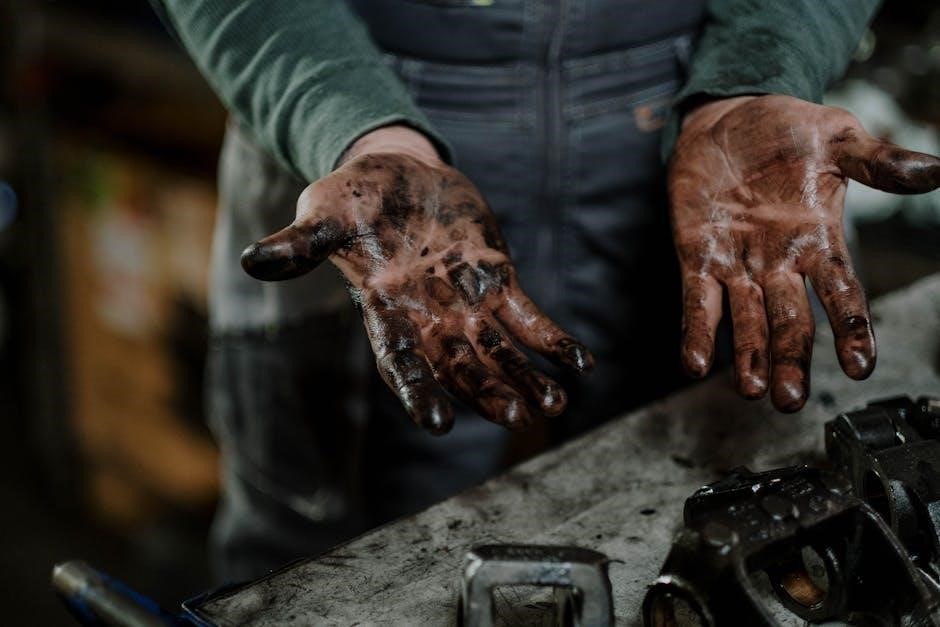
The Importance of the Handle
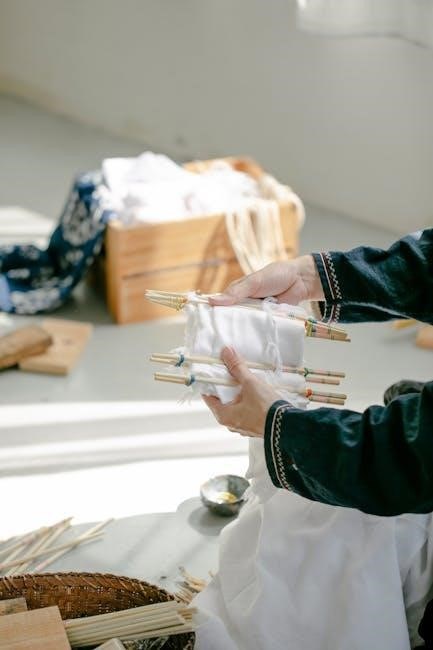
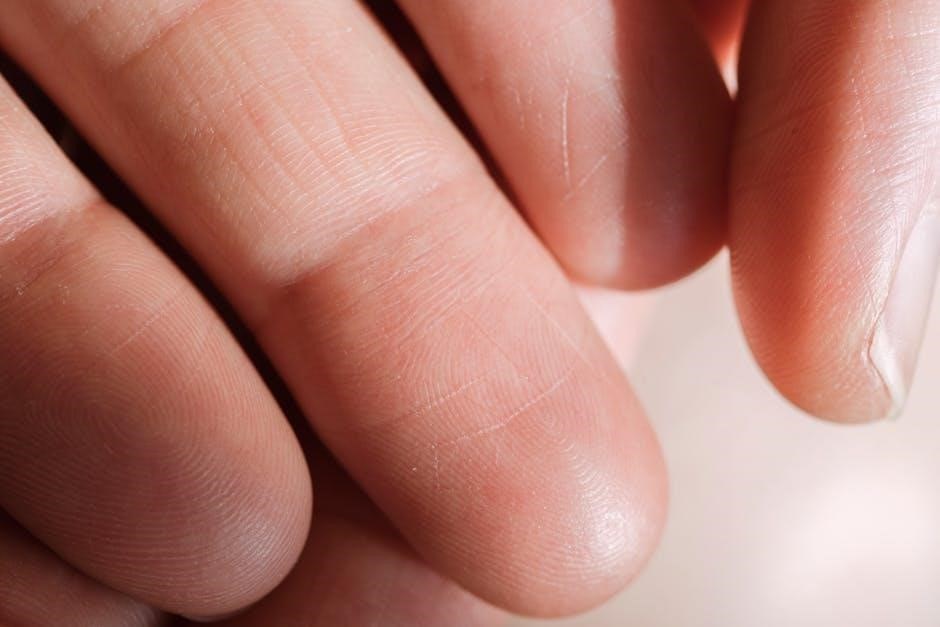
The handle is an indispensable component of manual awnings, serving as the primary interface for users to operate the system. Designed for ease of use, the handle allows individuals to extend or retract the awning effortlessly. Typically constructed from durable materials such as aluminum or steel, the handle is built to withstand regular use and harsh weather conditions. Its ergonomic design ensures a comfortable grip, reducing strain during operation. The handle is often attached to a crank mechanism, which connects to the spring and roller tube, enabling smooth and controlled movement of the awning fabric. Proper maintenance of the handle is crucial to prevent rust or wear, which could hinder its functionality. In cases where the handle becomes damaged, replacement parts are widely available, ensuring the awning remains operational. The handle’s reliability and user-friendly design make it a vital part of the manual awning system, providing a straightforward way to adjust the awning’s position as needed. Regular inspection and lubrication can extend the handle’s lifespan, ensuring consistent performance over time.
Mounting Brackets: Key to Stability
Mounting brackets are a critical component of manual awnings, ensuring the system is securely fastened to the structure it is attached to. These brackets are typically made of durable materials such as aluminum or steel, designed to withstand various environmental conditions. Proper installation of mounting brackets is essential to maintain the stability and functionality of the awning. If the brackets are not correctly fitted or are worn out, the awning may wobble or become misaligned, leading to potential damage. Regular inspection of the brackets is recommended to ensure they remain tightly secured and free from rust or corrosion. In cases where brackets are damaged, replacing them promptly is crucial to prevent further issues. Additionally, mounting brackets are often universal, making it easier to find replacement parts. Their robust design ensures the awning remains firmly in place, even in windy conditions, providing a reliable and safe shade solution. By ensuring the mounting brackets are in good condition, you can extend the lifespan of your manual awning and enjoy its benefits for years to come.
Installation Tips for Manual Awnings
Installing a manual awning requires careful planning and execution to ensure stability and functionality. Begin by measuring the installation area accurately to determine the correct placement of mounting brackets. Ensure the surface is level and sturdy enough to support the awning’s weight. Use high-quality fasteners suitable for the material of your wall or roof to secure the brackets. Follow the manufacturer’s instructions for assembly and attachment of the awning’s components, such as the roller tube, arms, and fabric. Tighten all bolts and screws firmly to prevent loosening over time. After installation, test the awning by extending and retracting it to ensure smooth operation. Regularly inspect the mounting brackets and hardware for signs of wear or damage. If you’re unsure about any step, consider consulting a professional to avoid potential safety hazards. Proper installation not only enhances the awning’s performance but also extends its lifespan, providing reliable shade and protection for years to come.
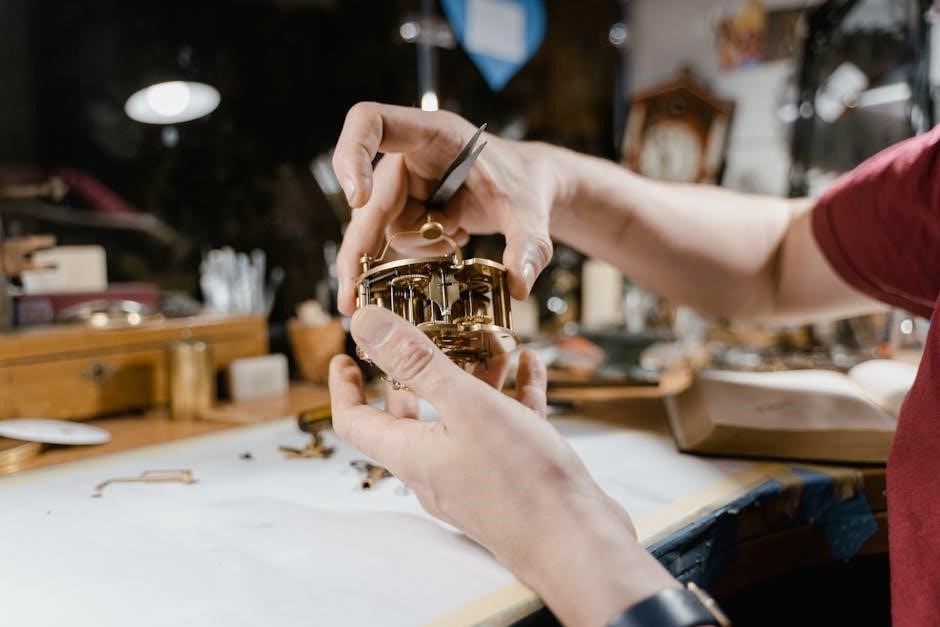
Maintenance and Upkeep Best Practices
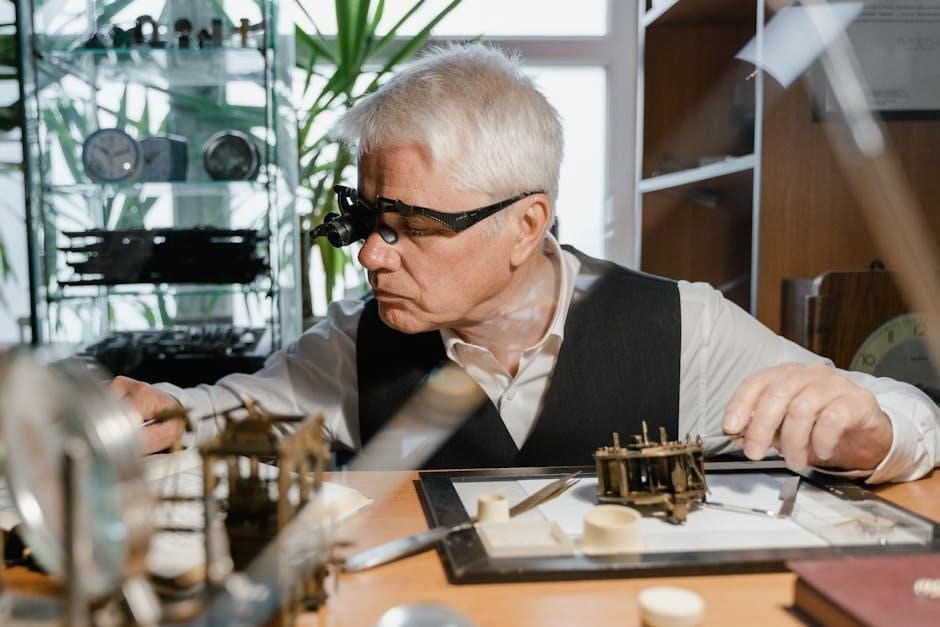
Regular maintenance is crucial to ensure the longevity and optimal performance of your manual awning. Start by cleaning the fabric regularly with mild detergent and water to remove dirt, dust, and mildew. Avoid using abrasive materials or harsh chemicals, as they may damage the fabric. Inspect the fabric for tears or fraying and repair or replace it promptly to prevent further damage. Lubricate moving parts, such as hinges, arms, and springs, to ensure smooth operation and reduce wear. Check the hardware, including bolts and screws, and tighten any loose components to maintain stability. Store the awning properly during the off-season, keeping it clean and dry to prevent mold and pest infestations. Regularly inspect the roller tube, rafters, and mounting brackets for signs of wear or corrosion. Addressing minor issues early can prevent costly repairs. By following these best practices, you can extend the lifespan of your manual awning and enjoy reliable shade and protection for years to come.
Troubleshooting Common Issues
Troubleshooting common issues with manual awnings can save time and money. One of the most frequent problems is the awning failing to retract properly, often due to jammed roller tubes or worn-out springs. Inspect the roller tube for debris and clean it thoroughly. Replace springs if they show signs of weakness or corrosion. Fabric tears or fraying can be repaired with patch kits, but severe damage may require professional replacement. If the awning wobbles or leans, check the mounting brackets and ensure they are securely fastened. Loose bolts or uneven installation can cause instability. Another issue is difficulty in extending or retracting the awning, which may be due to stiff hinges or arms. Lubricate these parts regularly to maintain smooth operation. Additionally, ensure the fabric is properly aligned and evenly rolled onto the tube to avoid creasing or bunching. Addressing these issues promptly can prevent further damage and extend the lifespan of your manual awning.
Replacement Parts: What You Need to Know
Replacing parts of your manual awning can be a cost-effective way to extend its lifespan. Common replacement parts include fabric, roller tubes, springs, and mounting brackets. Always record the size, model, and purchase date of your awning to ensure compatibility when ordering replacements. Fabric is often the first part to wear out due to weather exposure, while springs may weaken over time. Roller tubes can become bent or corroded, and mounting brackets may loosen. When shopping for replacement parts, consider purchasing from reputable suppliers or the manufacturer directly to guarantee quality and fit. Some retailers offer universal parts, but they may require adjustments. Regularly inspecting your awning for worn or damaged components can prevent major issues. Keep in mind that while replacing parts is more affordable than buying a new awning, improper installation can void warranties or cause further damage. Always follow manufacturer guidelines or seek professional help if unsure. Properly maintained, your manual awning can remain functional and durable for many years.

Safety Precautions When Using Manual Awnings
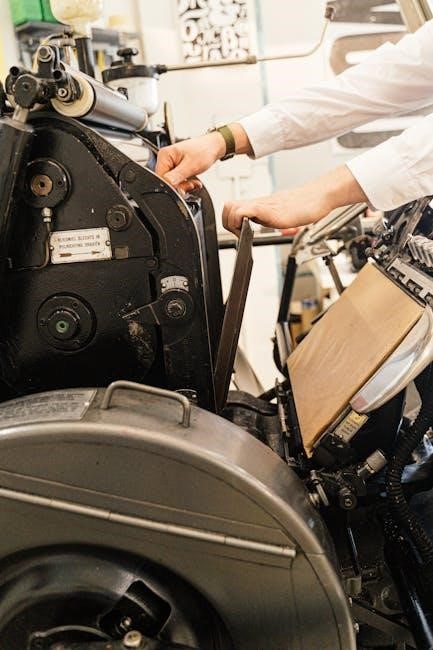
Ensuring safety when using manual awnings is crucial to prevent accidents and prolong their lifespan. Always inspect the awning for damage or wear before use, paying attention to parts like brackets, arms, and springs. Avoid using the awning in strong winds or during heavy rain, as this can cause structural stress or collapse. Never leave the awning unattended in harsh weather conditions. Secure the awning firmly to the wall or roof to prevent it from detaching and causing injury or damage. When manually operating the awning, use the handle gently and avoid applying excessive force, which could break components. Keep children and pets away while adjusting the awning to avoid accidents. Regularly check for loose screws or bolts and tighten them as needed. If you notice any signs of wear, such as frayed fabric or rusted parts, address them promptly. Always follow the manufacturer’s guidelines for operation and maintenance. By adhering to these safety precautions, you can enjoy your manual awning while protecting your property and ensuring the well-being of those around you.
DIY Projects for Awning Enhancement
Enhancing your manual awning can be a rewarding DIY project, allowing you to personalize its appearance and functionality. One popular idea is adding decorative elements, such as trim or molding, to the front bar or rafters for a polished look. You can also install lighting under the awning, such as string lights or LED strips, to create a welcoming ambiance in the evening. Another creative project is upgrading the fabric with a durable, UV-resistant material or a vibrant color to match your home’s exterior. Additionally, you can add support structures, like extra rafters, to increase stability or attach a pergola shade for extended coverage. DIY enthusiasts might also consider repainting or refinishing the metal parts to restore their shine or match a new aesthetic. Remember to use high-quality materials and follow safety guidelines when making modifications. These projects not only enhance the awning’s functionality but also boost your home’s curb appeal. By taking on these DIY tasks, you can enjoy a customized outdoor space that reflects your style and meets your needs.